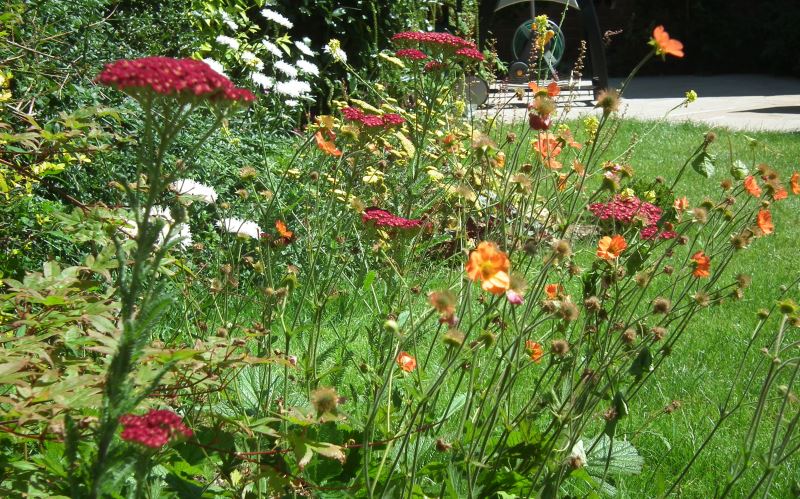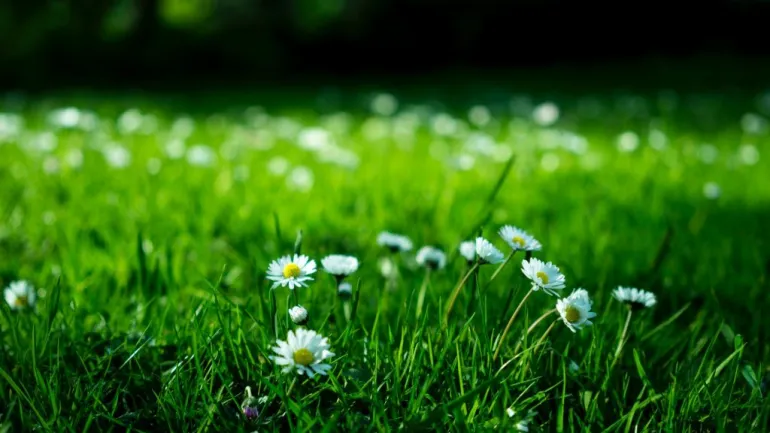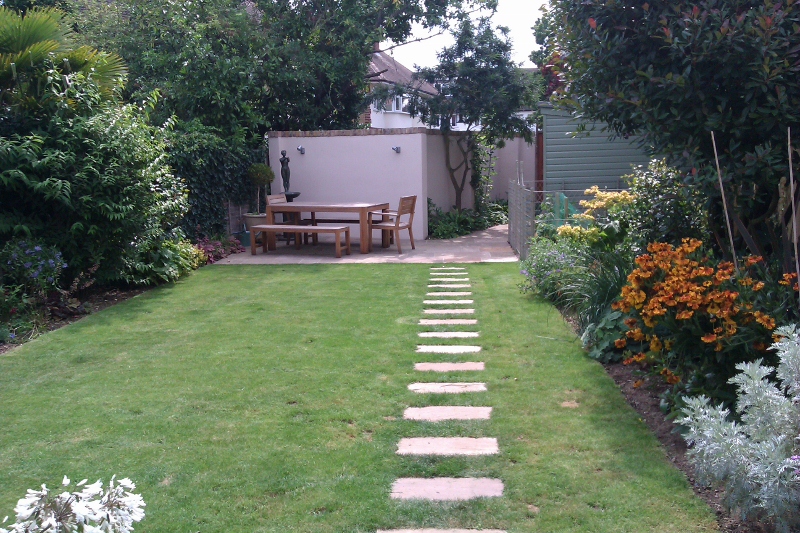As a garden designer, I find that planting is the thing that clients have been struggling with the most; Making your garden look interesting all year round takes thought and planning and some knowledge. But the information is available if you look for it. You may have a theme for your planting in mind, this is a good idea, it could be a colour scheme, such as a white garden, or it could be a style, such as modern contemporary, or regional, like a jungle theme: A theme will help to narrow down the plants that you put in your initial list.
Here are a few pointers that we professionals use with every plan regardless of style of garden.
- Make a list of plants and put them into groups: Trees, Shrubs, Climbers, Herbaceous Perennials, and Bulbs. (you can also sub divide these into Evergreen and Deciduous)
- Make a note of the details of each plant, where does it like to grow, sun or shade, both? Acid soil or neutral? How tall will it grow in the next 10 years, how wide will it get. You can find this information easily these days on the internet or RHS books.
- I usually note the shape of each plant too. Is it going to be a round shape, a tall thin shape or a spreading shape, this is relevant for all types of plants, and you want a mixture of shapes for an interesting garden.
- Also make a note of the season each plant is at its best. It is fine to have a full splash of colour in summer, but make sure you have something to look at in other seasons.
- It is easy to get carried away, so if you have hundreds of plants try to reduce the list down as much as possible, it is better to have a few plants repeated in the garden than lots and lots of things that only appear once. The same goes for colours, a few key colours is better than lots.
- Start with the tallest plants first. If you are putting in trees begin with where they are going to be planted. Remember that as they grow they will cast shade, so think about what is planted beneath them. Trees give a garden structure, they can hide ugly views or frame a pretty one.
- Shrubs are next, these are really important to give the garden year round interest. Use a mixture of evergreen and deciduous flowering shrubs, leaf texture and colour can also add interest. Make sure you haven’t just got dark green evergreens. Size is key, if space is limited choose plants that won’t get too big or you will be cutting them back all the time.
- Climbers are the next layer, you may want them on the house, or along boundaries, ensure they get enough light or they will climb to reach it and you may not see the flowers.
- Herbaceous plants and flowers, These bring the colour and life to a garden, make sure they are in a place they will thrive, woodland plants in shade, prairie plants in full sun, choose plants the suit your gardens ‘climate’; stick to varieties that are reliable. Have fun mixing colours, shapes and heights.
- Bulbs are the very last layer, be generous, more is more when it comes to bulbs, as with all other plants some prefer shade, other sun. Bulbs are not just for spring either, snowdrops in winter through to nerines in Autumn and everything in between.
If all this is bewildering and I’d be surprised if it isn’t there are so many people willing to share their expertise, so don’t be frightened to ask for help.



